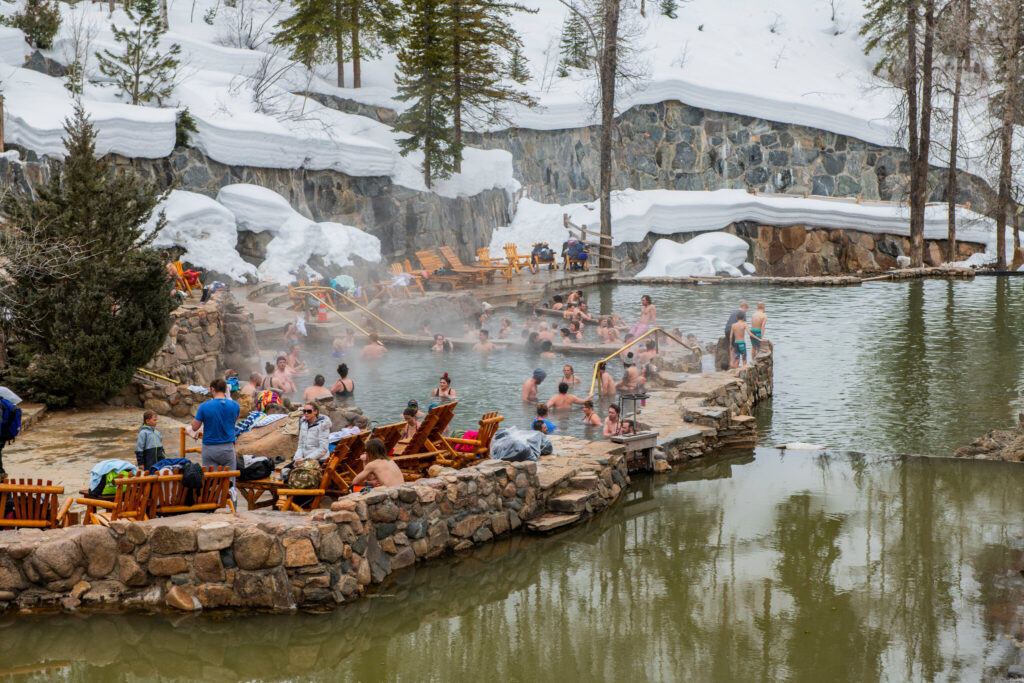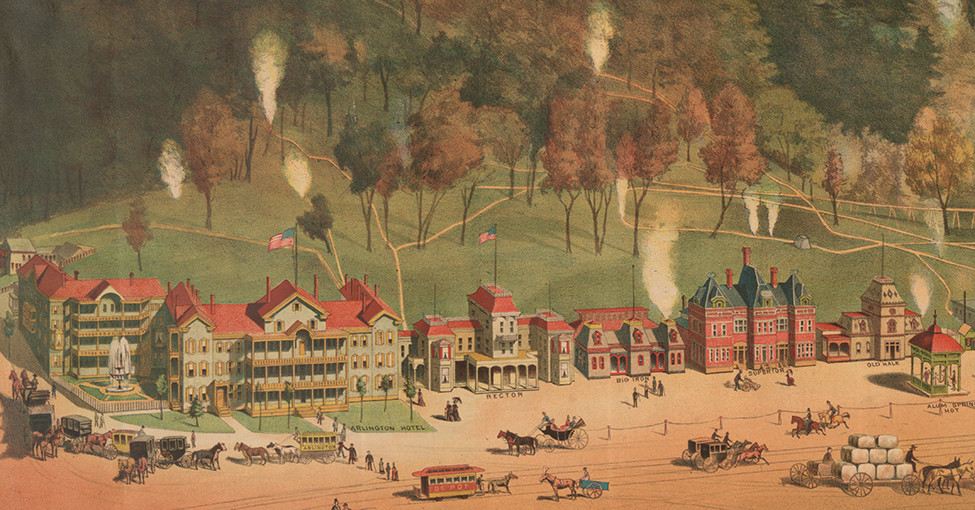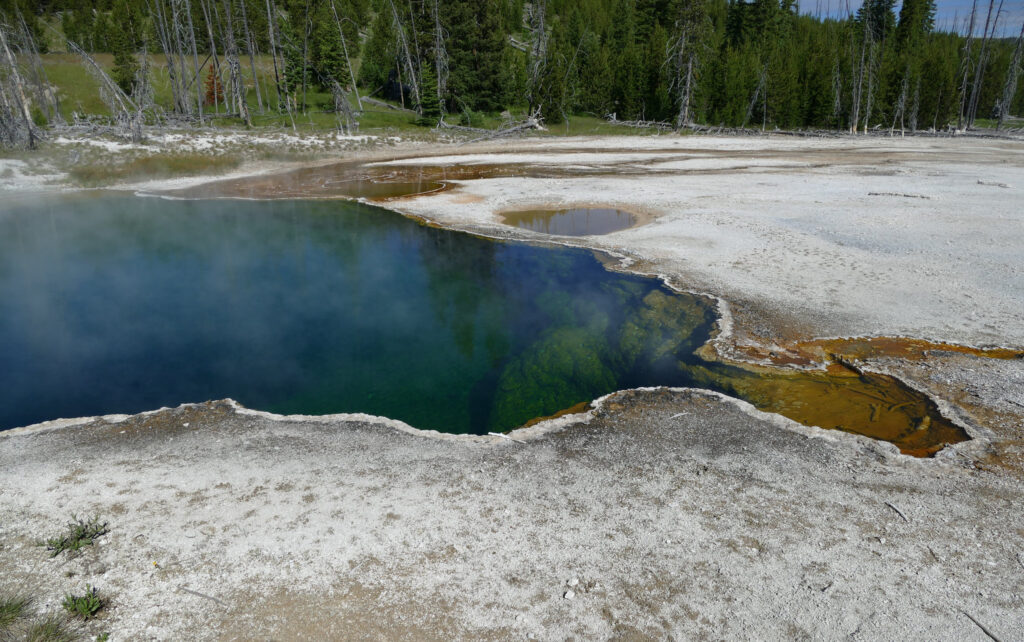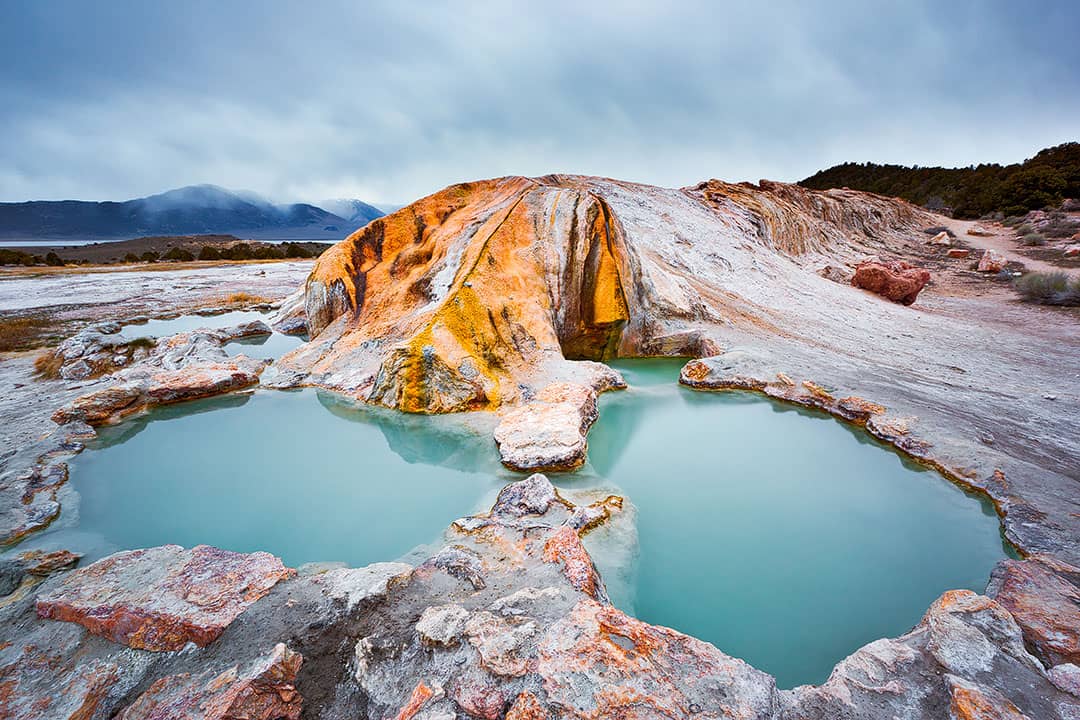Imagine stumbling upon a hidden oasis in the middle of the wilderness, where warm, therapeutic waters beckon you to unwind and rejuvenate. The United States is home to a treasure trove of these natural wonders, known as hot springs. From the sprawling landscapes of Yellowstone National Park to the tranquil valleys of Colorado, the discovery of various hot springs has captivated adventurers and nature enthusiasts for centuries. Join us on a journey through time as we uncover the intriguing stories behind these unique geological phenomena and the profound impact they have had on the development of leisure and wellness in the U.S.
0/when-various-hot-springs-were-discovered-in-the-u-s-1024x524.jpg" title="When Various Hot Springs Were Discovered In The U S" alt="When Various Hot Springs Were Discovered In The U S" style="max-height: 500px; max-width: 100%;" />
Pre-1800s
Native American Discovery
Before the arrival of European explorers, Native American tribes were the first to discover and utilize hot springs in the United States. Throughout the country, many tribes recognized the healing properties and spiritual significance of these natural geothermal wonders. They would often use the hot springs for medicinal purposes, as bathing in the warm waters was believed to cure various ailments and promote wellness. Additionally, Native Americans incorporated hot springs into their spiritual practices, considering them to be sacred spaces where they could connect with the natural world and seek guidance from ancestors.
Spanish Exploration
In the late 15th and early 16th centuries, Spanish explorers ventured to North America in search of new lands and untapped resources. It was during their expeditions that some hot springs in what is now the United States were first encountered by Europeans. These early encounters were marked by intrigue and curiosity, as the Spanish explorers were fascinated by the geothermal phenomena they witnessed. However, due to limited documentation from this period, it is difficult to ascertain the exact locations and significance of the hot springs discovered by the Spanish.
Lewis and Clark Expedition
The famous Lewis and Clark expedition of 1804-1806 played a crucial role in uncovering new hot springs across the American West. As they journeyed westward, Meriwether Lewis and William Clark documented their encounters with hot springs in their journals, shedding light on these natural wonders. One notable discovery by the expedition was the Boiling River in what is now Yellowstone National Park. The explorers were astonished by the geothermal activity they encountered, with boiling water mingling with the icy waters of the river. Such discoveries piqued the interest of scientists and inspired further exploration of hot springs in the years to come.
1800s
The Yellowstone Expedition
The expedition of the Yellowstone region in the early 1800s proved to be a catalyst in shaping the understanding and appreciation of hot springs in the United States. Led by explorers like Jim Bridger and John Colter, these early adventurers were amazed by the geothermal wonders they witnessed in Yellowstone. Through their accounts, word spread about the breathtaking beauty and unique geological features of the region, which ultimately led to its designation as the first national park in 1872. The Yellowstone Expedition paved the way for further scientific study and conservation efforts, establishing Yellowstone National Park as a global icon of geothermal activity.
Thermal Springs in California
As the American West continued to be explored and settled in the 1800s, several hot springs were discovered in California. These thermal springs, such as those found in Calistoga and Sonoma, quickly became popular destinations for their alleged therapeutic properties. Wealthy travelers would flock to these sites, hoping to improve their health by indulging in the warm, mineral-rich waters. These discoveries not only contributed to the development of the state’s tourism industry but also encouraged further exploration and documentation of hot springs throughout California.
Hot Springs National Park
Among the many hot springs discovered in the 1800s, the ones in Hot Springs, Arkansas hold a significant place in American history. Recognizing the potential economic and medicinal benefits of these springs, Hot Springs Reservation was established in 1832, making it the oldest federal reserve in the United States. Renamed Hot Springs National Park in 1921, it remains the only national park in the country primarily focused on preserving a historic thermal bathing complex. The development of bathhouses and the bottling of spring water for medicinal use made Hot Springs a renowned health resort town throughout the 19th and early 20th centuries.

Early 1900s
Florida’s Sulphur Springs
In the early 1900s, Florida became a hotspot for hot springs discoveries, with Sulphur Springs in Tampa gaining notable attention. Boasting a constant temperature of 72 degrees Fahrenheit and famed for its supposed healing properties, Sulphur Springs quickly attracted tourists seeking rejuvenation and relief from various ailments. The city of Tampa even built a grand bathhouse and aquarium alongside the springs, solidifying Sulphur Springs as a popular destination for recreation and healing.
Other Hot Springs in the West
The early 1900s also witnessed the discovery and exploration of additional hot springs throughout the American West. From healing mineral pools in Glenwood Springs, Colorado to the iconic geothermal features of Mammoth Hot Springs in Yellowstone, these newfound treasures captivated the imagination of travelers across the nation. As word spread about the restorative qualities and natural beauty of these hot springs, efforts were made to preserve and promote them as popular tourist attractions.
Economic Potential of Hot Springs
During the early 1900s, as the United States experienced rapid industrialization and the growth of its tourism industry, entrepreneurs recognized the economic potential of hot springs. Spurred by the success of Hot Springs, Arkansas, numerous towns and resorts began to develop around hot springs. Investors built luxurious hotels, bathhouses, and spas to cater to the growing demand from travelers seeking relaxation and therapeutic experiences. The economic impact of these hot springs on local communities was significant, providing employment opportunities and boosting regional economies.

Mid-1900s
Geothermal Energy Development
In the mid-1900s, as the world grappled with energy crises and the need for renewable resources, hot springs gained attention for their potential as a source of geothermal energy. The development of geothermal power plants became a reality in places like The Geysers in California, where steam from underground hot springs was utilized to generate electricity. This innovative use of hot springs showcased their multifaceted importance beyond tourism and highlighted their potential as a sustainable energy source.
Preservation Efforts
With the growing recognition of the historical, cultural, and environmental significance of hot springs, conservation and preservation efforts gained traction in the mid-1900s. Various organizations, including the National Park Service, worked diligently to protect and maintain hot springs areas while providing educational resources for visitors. Continued research and scientific studies contributed to a greater understanding of the unique ecosystems that depend on hot springs, leading to increased conservation measures and the establishment of protected areas.
Tourism and Recreation
Throughout the mid-1900s, the popularity of hot springs as recreational destinations soared. From the geothermal pools of the Grand Prismatic Spring in Yellowstone to the soothing waters of Arkansas’s Hot Springs National Park, tourists flocked to these natural wonders in search of relaxation and immersion in nature. Resorts, lodges, and wellness retreats began capitalizing on the allure of hot springs, offering an array of recreational activities and therapeutic services. Today, hot springs continue to be sought-after destinations for those seeking both physical and mental rejuvenation, with a variety of amenities and experiences catering to diverse interests.
In conclusion, the discovery and exploration of hot springs in the United States have spanned centuries, with each era contributing to our understanding and appreciation of these natural wonders. From Native American tribes to Spanish explorers, early pioneers, and modern adventurers, hot springs have captivated the imagination and provided solace, healing, and enjoyment. As we move forward, it is imperative that we continue to safeguard and cherish these unique geothermal treasures for generations to come. So, why not embark on your own hot springs adventure and experience the wonders and benefits they offer firsthand?

